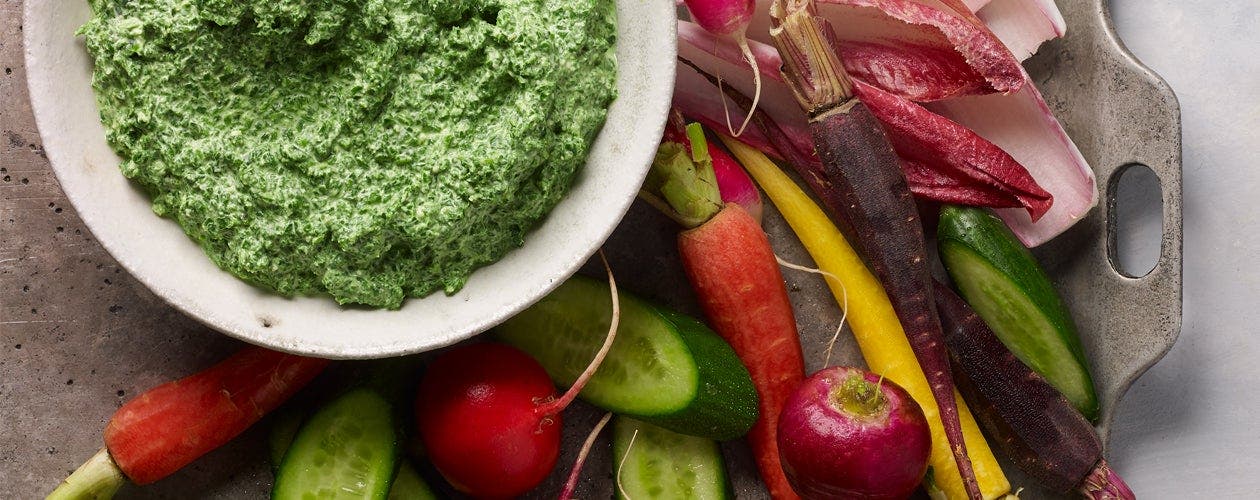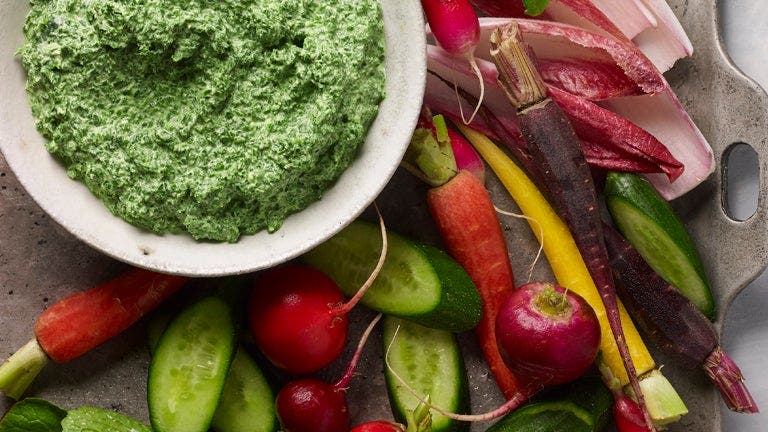Understanding Glycaemic Index


What is the Glycaemic Index?
Different carbohydrates are digested at different rates. The Glycaemic index (GI) is a measure of how quickly this happens, and whether a food raises blood sugar levels quickly, moderately or slowly. This means it is useful to help manage your diabetes.
[Display as diagram on two ends of scale from 0-100]
GI rankings run from 0-100 and usually use pure glucose (which has a GI of 100) as a reference. Foods that release their sugars quickly having a higher GI ranking, and they can cause a rapid rise in blood sugar levels. Foods that release their sugar more slowly have a lower GI ranking, and they cause a slow rise in blood sugar levels.
Why is lower GI better?
Choosing low and lower GI foods helps to manage blood sugar levels, as the body is able to manage the slower rise in blood sugar levels more effectively. This reduces the risk of blood sugar levels getting too high (hyperglycaemia) and provides a steady energy release. A low GI diet can also help to keep you satisfied for longer, which can help when trying to lose weight.
|
Low GI foods (0-55) Wholegrain, pumpernickel bread Certain types of whole fruit Boiled yam Rolled oat cereal, Bran cereal Pulses, beans, lentils and dahl Vegetables Salad Pasta (any type) |
Medium GI foods (56-69) Whole wheat, rye Boiled or steamed new potatoes Plantain/green banana Quick oats Brown, wild or basmati rice, couscous |
High GI foods (70-100) Sugar, honey, syrup Fruit juice Sugary drinks Sweets White bread Chocolate Cake Biscuits |
What affects GI?
Fat and fibre typically lower the GI of a food. And as a general rule, the more cooked or processed a food, the higher the GI (but this isn’t always the case).
Here are some tips to help you:
1) Change how you cook
How you cook can have an impact on how the GI of food is changed. For example, steamed or boiled potatoes have a lower GI than mashed potato. Fruit juice has a higher GI than whole fruit. And al dente pasta has a lower GI than soft-cooked pasta.
2) Balance out your meals
The GI of a food changes when combined with other foods. Adding other non or low-carbohydrate foods (such as lean meat, fish, low fat cheese, egg, nuts, seeds, beans, vegetables and salad) can help to reduce the GI of the meal and balance out of the effect on blood sugar levels. For example, adding reduced sugar baked beans and low fat cheese to a plain jacket potato lowers the GI of the potato.
3) Don’t be fooled
Low GI does not mean low calories. Chocolate, for example, has a low-GI because of its fat content, which slows down the absorption of carbohydrate. Eating low GI foods with high calorie contents can still make you gain weight!
4) Think of the bigger picture
Eating to control your diabetes isn’t just about GI ratings. It’s also important to think about the balance of your meals – remember to think about portion sizes and choose foods low in saturated fat, salt and sugar as part of a healthy, balanced diet.
